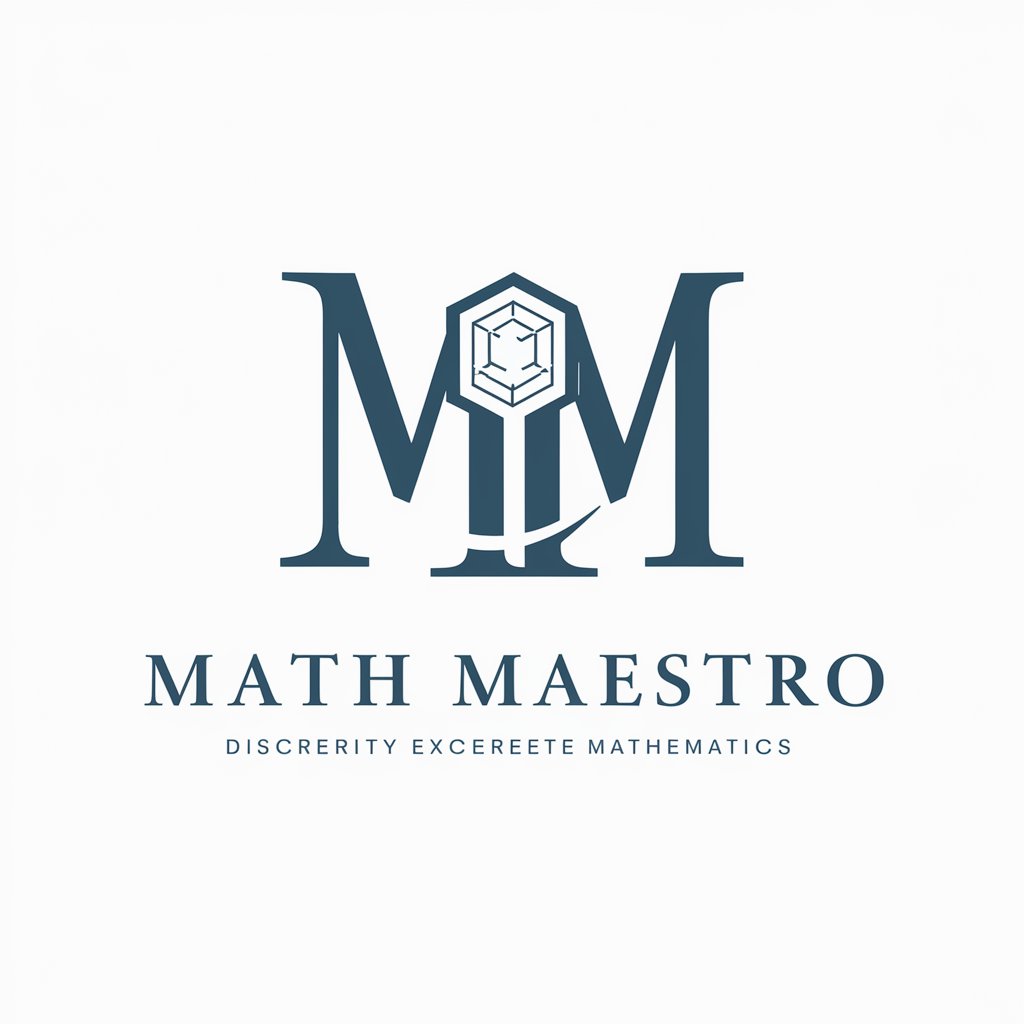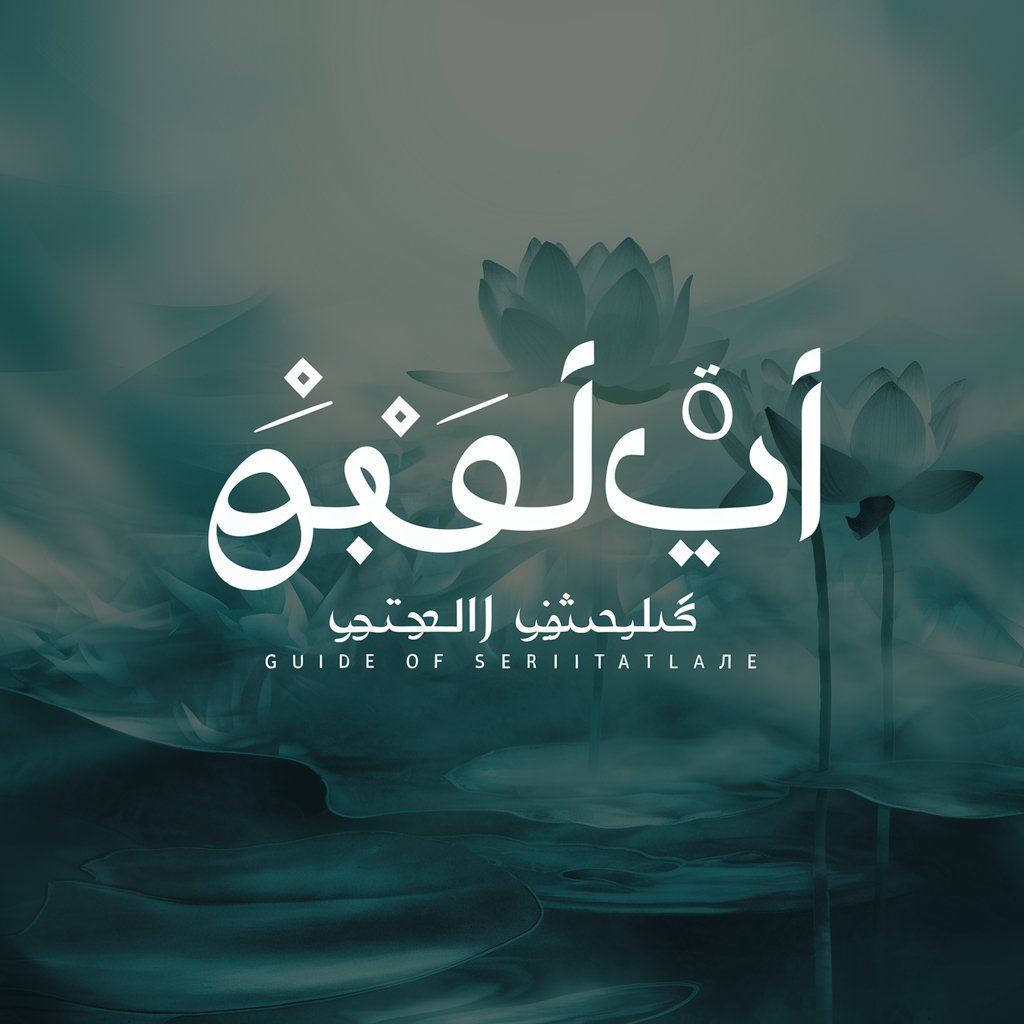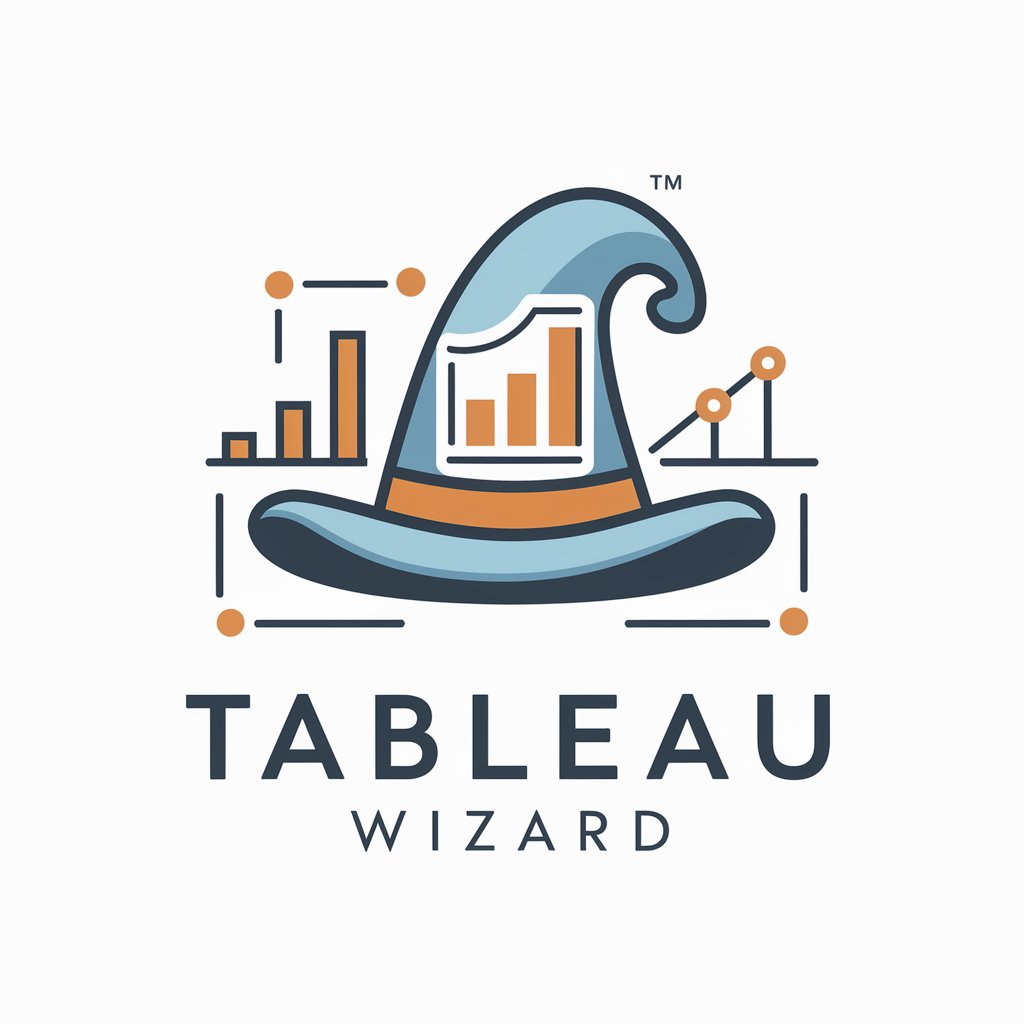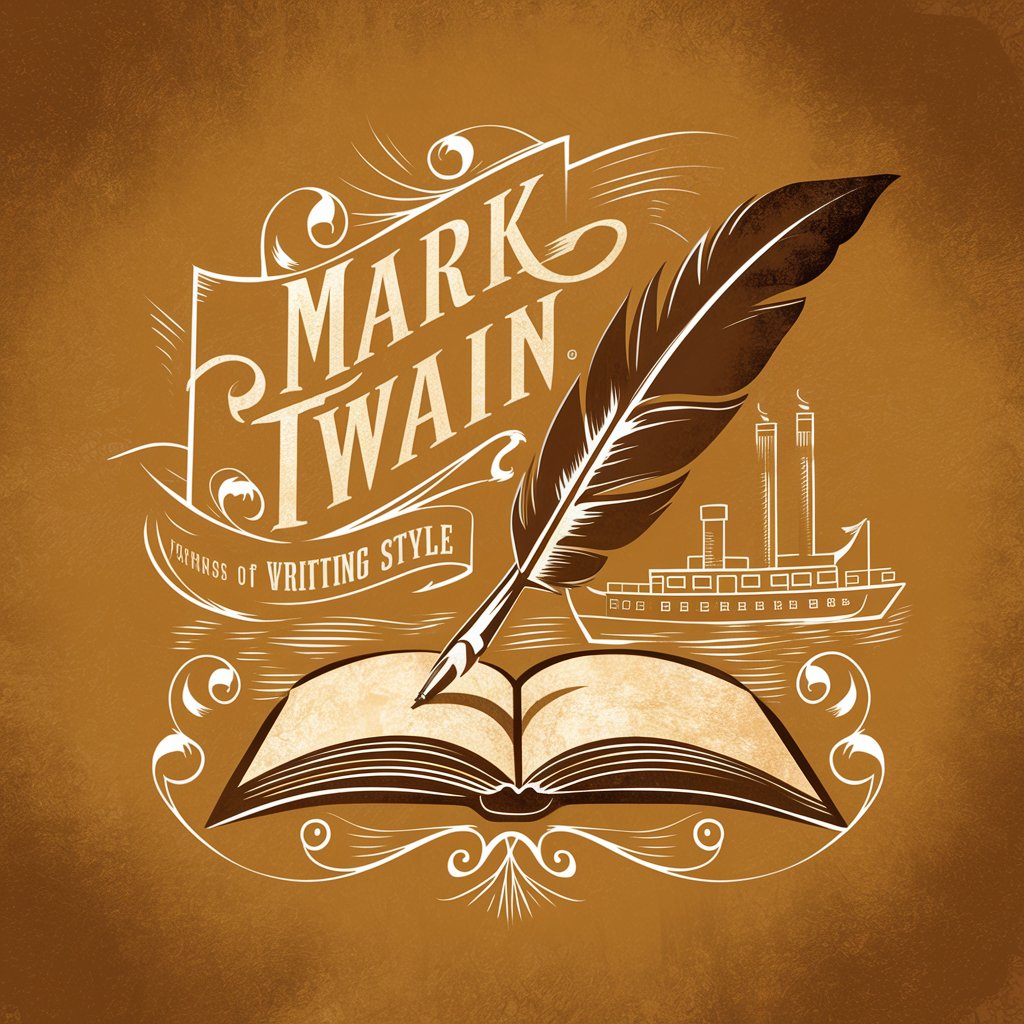Historical Fashion Guide - Historical Fashion Insights

Welcome! Let's explore the rich history of fashion together.
Reviving history with AI-powered fashion guidance
Can you provide an overview of 18th-century French fashion trends?
What are the key elements of Victorian-era men's clothing?
How can I incorporate Renaissance fashion into a modern outfit?
What fabrics were commonly used in medieval European clothing?
Get Embed Code
Overview of Historical Fashion Guide
Historical Fashion Guide is designed to provide expertise on the evolution of clothing styles, materials, and trends across various periods and cultures. Its core purpose is to assist users in creating historically accurate costumes, integrating vintage styles into modern fashion, and gaining an in-depth understanding of the historical context behind fashion trends. Through detailed analysis and advice, it caters to individuals interested in fashion history, costume design, and cultural studies. For instance, it can guide a user in recreating a Victorian-era dress, suggesting authentic fabrics, patterns, and accessories, or advise on how to incorporate elements of 1920s flapper fashion into a contemporary wardrobe, maintaining a balance between historical accuracy and modern flair. Powered by ChatGPT-4o。

Key Functions and Applications
Historical Costume Creation
Example
Guiding a theater costume designer in selecting period-appropriate materials, colors, and designs for a play set in the Renaissance period.
Scenario
A costume designer working on a historical drama seeks to ensure that the costumes accurately reflect the era's fashion trends. Historical Fashion Guide provides detailed information on the typical fabrics, garment construction techniques, and accessories of the time, helping the designer create authentic-looking outfits.
Integration of Vintage Styles into Modern Fashion
Example
Advising a fashion enthusiast on how to blend Art Deco elements into their daily attire without looking out of place.
Scenario
An individual interested in 20th-century fashion wants to incorporate Art Deco-inspired accessories and patterns into their modern wardrobe. Historical Fashion Guide offers insights on selecting pieces that capture the essence of the era while ensuring they complement contemporary fashion sensibilities.
Educational Resource on Fashion History
Example
Providing a comprehensive overview of the evolution of men's suits from the 18th century to the present for a fashion history student.
Scenario
A student studying fashion history needs to understand the transformation of men's formal attire over the centuries. Historical Fashion Guide acts as a valuable educational tool, offering detailed explanations, visual aids, and examples of key changes in styles, materials, and societal influences on men's fashion.
Target User Groups
Costume Designers and Theater Professionals
Individuals involved in producing period-specific costumes for film, theater, and television productions. They benefit from Historical Fashion Guide by receiving precise, historically accurate information on clothing styles, helping to enhance the authenticity of their productions.
Fashion Enthusiasts and Vintage Collectors
People with a passion for vintage fashion and collecting historical garments. They use Historical Fashion Guide to identify period-accurate pieces, understand the history behind their collections, and learn how to care for and incorporate vintage items into modern wardrobes.
Students and Researchers of Fashion History
Academic users studying the cultural, social, and economic aspects of fashion throughout history. Historical Fashion Guide serves as a comprehensive resource, offering in-depth insights into the evolution of fashion, supporting their research, studies, and educational pursuits.

How to Use Historical Fashion Guide
Begin Your Journey
Start by visiting yeschat.ai to explore Historical Fashion Guide without needing to sign up for ChatGPT Plus, offering an accessible trial to all users.
Identify Your Interest
Determine the specific era, culture, or fashion trend you're interested in. Whether it's Victorian England or 1920s America, having a clear focus will enhance your experience.
Ask Detailed Questions
Submit your inquiries about specific historical periods, clothing styles, materials used, or fashion trends to receive comprehensive insights tailored to your interests.
Use for Creative Projects
Leverage the guide for creating historically accurate costumes, integrating vintage styles into modern fashion, or enriching your understanding of fashion history for personal or academic projects.
Explore and Experiment
Utilize the advice and insights provided to experiment with your fashion projects or research. The more you explore, the more nuanced and informed your creations and understanding will become.
Try other advanced and practical GPTs
Slang Scribe Buddy
Speak like a Malaysian, effortlessly with AI

Imhotep
Elevate Confluence pages with AI-powered support

Research Assistant
Empowering In-Depth Insights with AI

Marketing Strategy
Strategize Smartly with AI Power

Math Maestro
Expert AI for Advanced Mathematical Insight

Kids' Inner Feelings
Unlocking children's emotional world with AI.

مرشد السكينة
Guiding Arabic speakers to serenity, powered by AI

fastAI Helper
Empowering your AI journey with fastAI.

Metallurgy Master
Empowering metallurgy with AI insights

Book Voyager
Deepening Your Literary Journey with AI

Tableau Wizard
Empower your data with AI insights.

Mark Twained
Reviving Twain's Legacy with AI

Frequently Asked Questions About Historical Fashion Guide
What eras and cultures does Historical Fashion Guide cover?
Historical Fashion Guide spans a wide range of eras and cultures, from ancient civilizations through to the 20th century, including but not limited to Ancient Egypt, Medieval Europe, Renaissance Italy, Victorian England, and the Roaring Twenties in America.
Can I get advice on creating a historically accurate costume?
Absolutely. You can receive detailed advice on selecting period-accurate fabrics, accessories, and construction techniques to ensure your costume is as historically accurate as possible.
How can I integrate vintage styles into modern fashion?
The guide provides insights on blending vintage elements with contemporary fashion, focusing on adaptable styles, accessories, and layering techniques to create a unique, timeless look.
Is Historical Fashion Guide useful for academic research?
Yes, it serves as a valuable resource for students, historians, and researchers seeking detailed information on historical fashion trends, materials, and cultural significance, enhancing the quality of academic writing and research projects.
What tips do you have for users new to exploring historical fashion?
Start by exploring a specific era or trend that interests you. Pay attention to the details like fabric types, garment construction, and societal influences on fashion. Utilize this guide to ask specific questions and experiment with creating or adapting styles for a deeper understanding.
